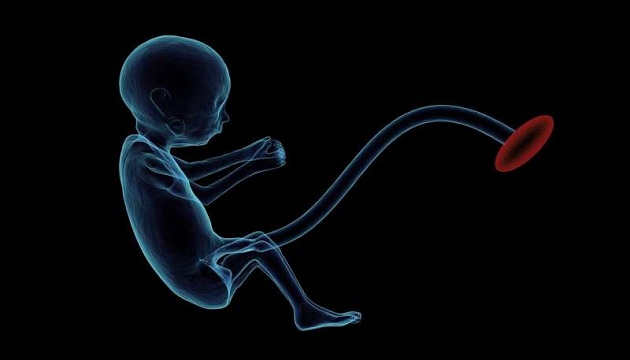Placentas can provide critical information about the health of the mother and baby; yet, in the U.S., only about 20% of placentas are assessed by pathology exams after delivery. A new approach from researchers at The Pennsylvania State University (Penn State) uses computerized photographic image analysis to provide an easier, less costly path to placental analysis.
The patent-pending technology uses artificial intelligence to analyze an image of each side of the placenta after delivery. It then produces a report with information that could inform the clinical care of the mother and child, such as whether the fetus was getting enough oxygen in the womb.
To create the system, the researchers analyzed 13,000 high-quality images of placentas and the corresponding pathology reports from Northwestern Memorial Hospital in Chicago. They then labeled a training set of images with data points critical to understanding the placenta.
Using these images, the team trained neural networks to automatically analyze unlabeled placental images to detect features linked to abnormalities and potential health risks. Comparisons between the predictions produced by the Penn State system and the original pathology reports demonstrated the system’s high accuracy and clinical potential.
“Past analyses have typically examined features independently and used a limited number of images,” professor James Wang said. “Our tool leverages artificial intelligence and a large and comprehensive data set to make multiple decisions at the same time by treating the different parts of the placenta as complementary. To our knowledge, this is the first system for comprehensive, automated placental analysis.”
To use this digital tool, only a smartphone or tablet with the appropriate software is required. The placenta can be examined without special equipment and in minutes rather than days. “Even in very low-resource areas, someone typically has a smartphone,” professor Alison Gernand said. “Our goal is for a medical professional or trained birth attendant to take a photo which, after analysis through licensed software, could provide immediate information that aids in the care of the mother and baby.”








